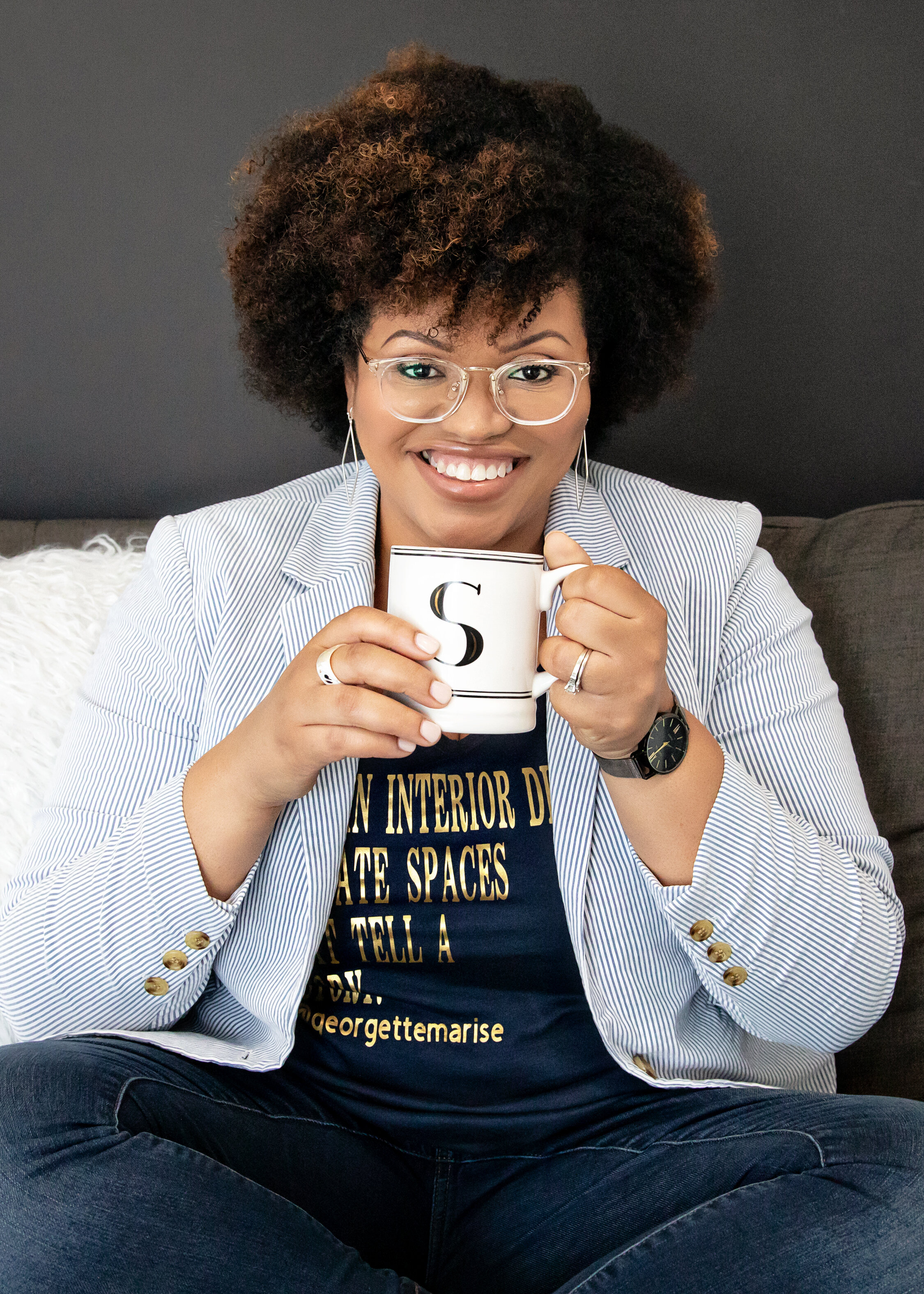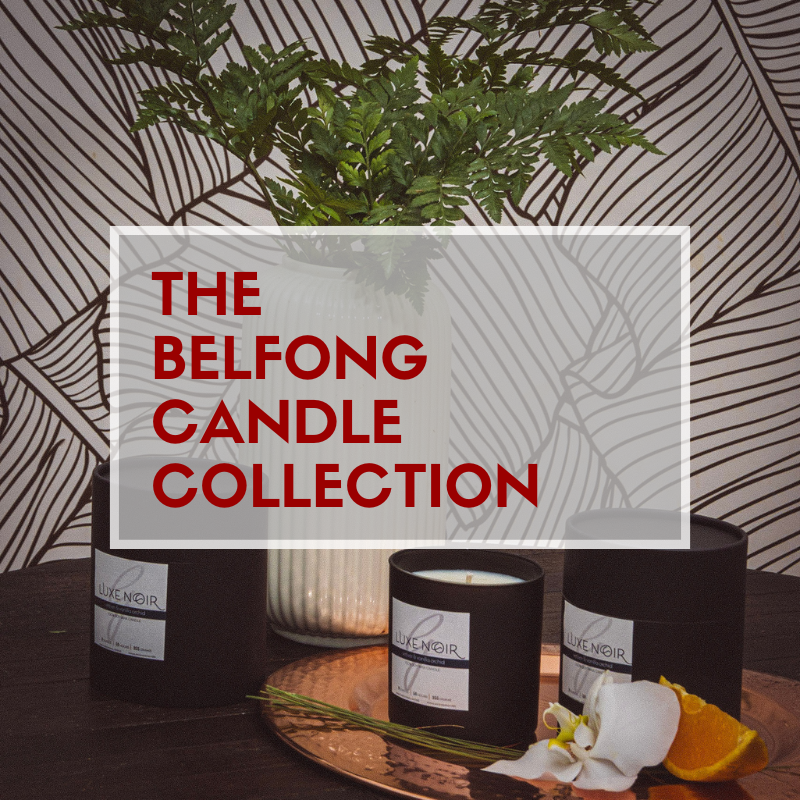Fall Colors to Enhance your Home
/The change of seasons always brings new color palettes, textures and designs. I love the fall season because it adds a sense of warmth and comfort to our homes.
It’s time to add some fall accents and one way of doing that is with incorporating fall colors into your overall color palette. The beauty of creating a color palette is the versatility it has. Here are some of my favorite colors this fall.
Plum Brown has a dramatic depth to it. Use this rich eggplant color on your walls with white trim work or wainscoting in a dining room, powder room or bedroom. This color pairs well with Rookwood Amber for a beautiful contrast.
Rookwood Amber is a great warm color to add to your palette this fall. It’s an earth tone color that can be incorporated in a pillow design, window treatments, plants (like mums), artwork or even a fall tabletop accessory (like a pumpkin).
Forestwood brings the fall outdoor colors indoors. This color is inspired by colors found in nature. This deep, rich green is a perfect choice to use in your pillow decor, accent throw or fall bedding.
Santorini Blue can be considered an unexpected fall color tone but this teal base color contrasts beautifully with Rookwood Amber and Plum Brown. It’s the perfect color to add chic and style to a space.
What I love most about these colors for fall are the rich tones in each color. Whether you decide to use these colors together in a palette or separately as an accent to your existing colors they are sure to enhance the overall decor of your home.
What are some colors you are using in your home this fall and what do you love about them? Share in the comments below.
À la prochaine,

































